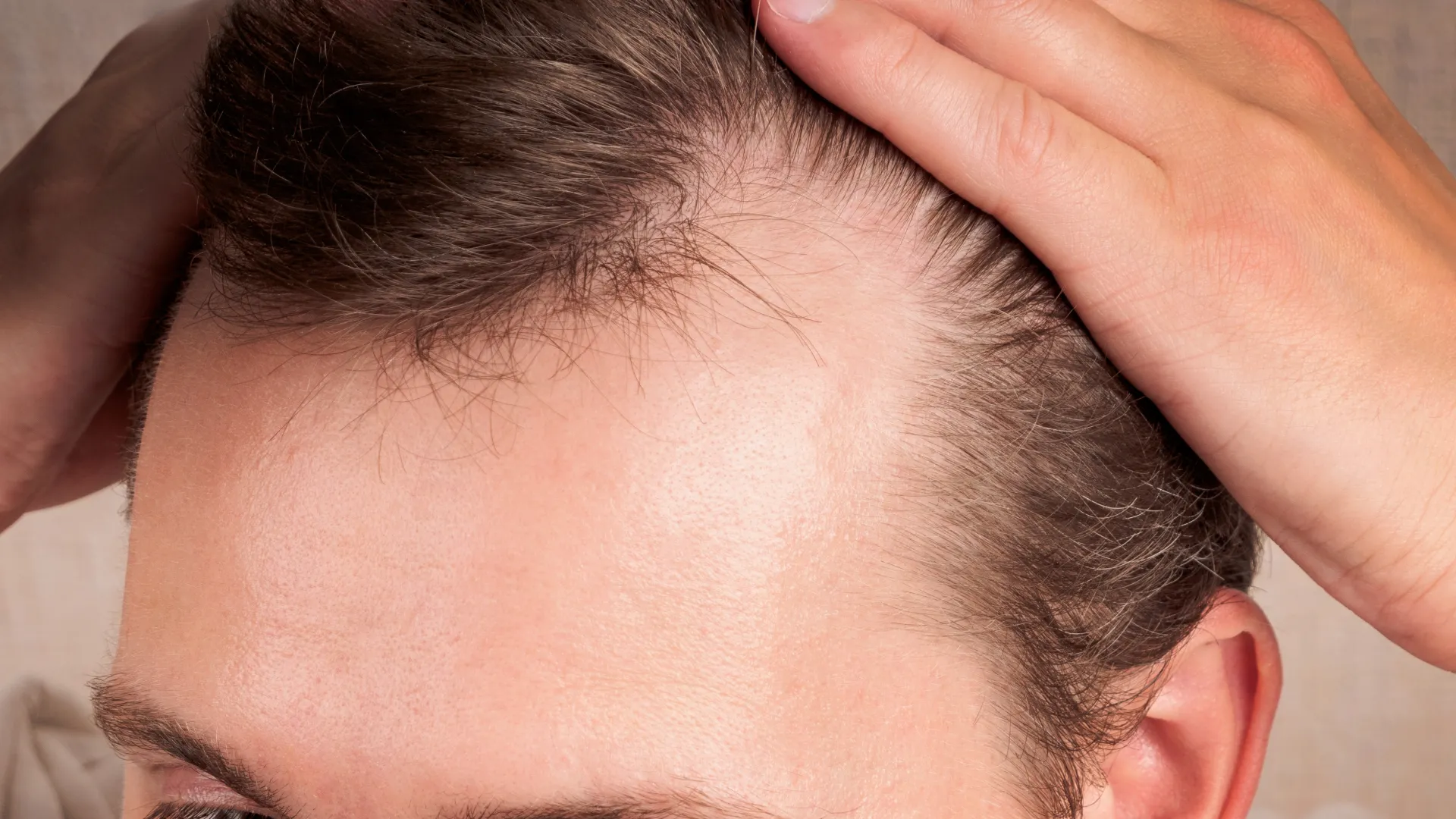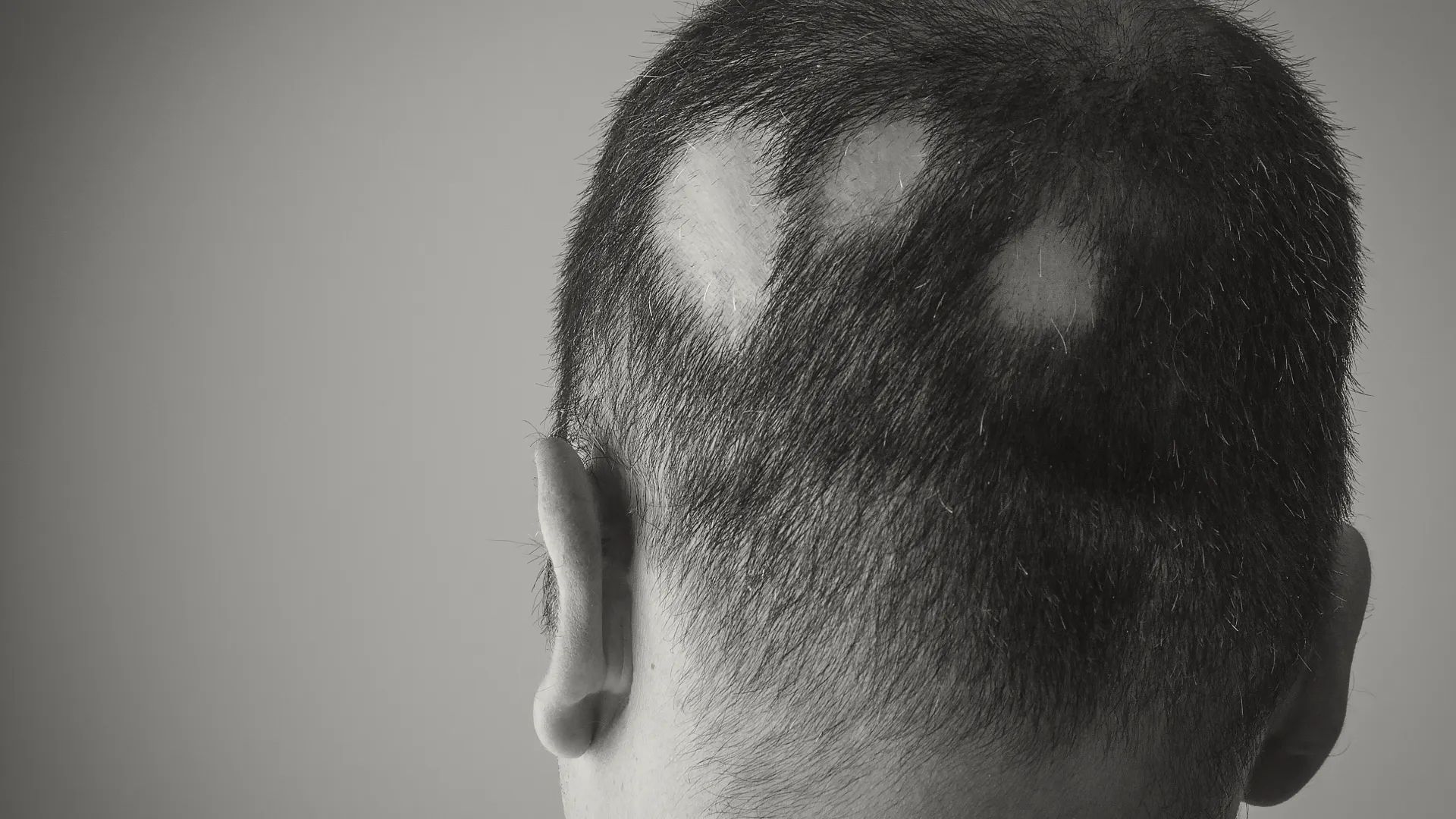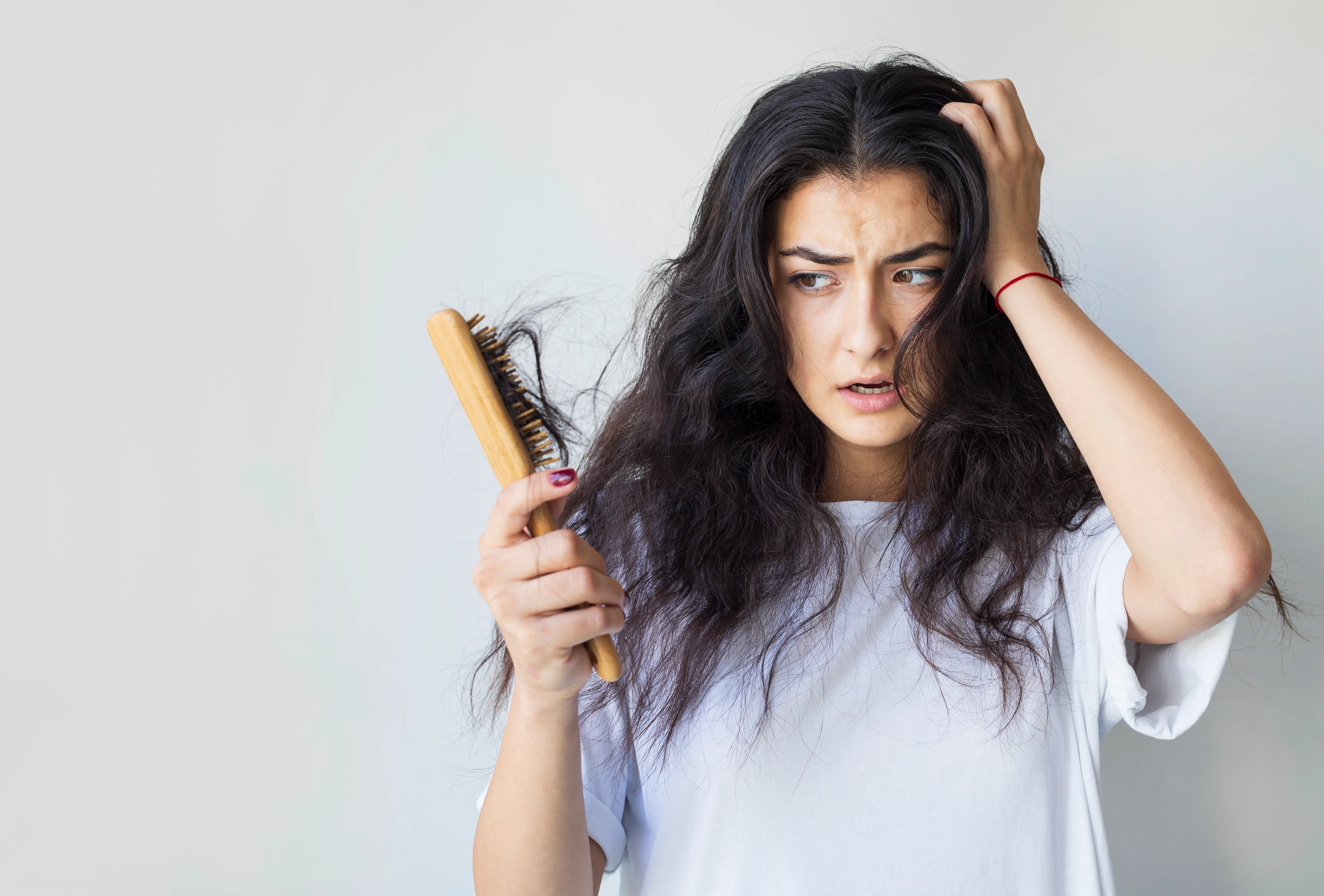Androgenetic alopecia
Androgenetic alopecia is a hereditary condition that leads to hair loss in both men and women. It is characterized by a progressive thinning of hair, typically beginning at the temples or crown in men and a widening part or overall thinning in women. This condition affects a significant portion of the population, making it one of the most common forms of hair loss. It is estimated that approximately 50% of men experience some degree of androgenetic alopecia by the age of 50, while about 30% of women experience this condition by age 50, with the prevalence increasing with age.
Causes of androgenetic alopecia
The primary cause of androgenetic alopecia is genetic predisposition combined with hormonal influences. The condition is associated with the androgen hormone, specifically dihydrotestosterone (DHT), which can shrink hair follicles over time, leading to thinner hair and eventual hair loss. Factors that contribute to the onset and progression of this condition include:
- Genetics: A family history of hair loss increases the likelihood of developing androgenetic alopecia.
- Hormones: DHT plays a crucial role in the development of this condition, affecting hair follicle function.
- Age: The risk of experiencing hair loss increases with age, as hair follicles can become weaker over time.
Symptoms and stages
Androgenetic alopecia manifests differently in men and women:
- In Men: Hair loss typically begins with a receding hairline and thinning at the crown, leading to a distinctive “M” shape.
- In Women: Hair thinning occurs more diffusely, often starting at the part line and leading to overall decreased volume.
The condition progresses through several stages, classified by the Norwood scale for men and the Ludwig scale for women.
Diagnosis
- Medical History: Discussing family history and the pattern of hair loss.
- Physical Examination: Trichoscopy provides valuable insights into various hair and scalp disorders.
- Biopsy: In some cases, a biopsy may be performed to rule out other causes of hair loss.
Treatment
Various treatments can help manage the condition and promote hair regrowth:
- Topical Treatments: Minoxidil can stimulate hair growth and slow the progression of hair loss.
- Oral Medications: Finasteride is a prescription medication for men that inhibits DHT production, thereby reducing hair loss.
- Platelet-Rich Fibrin (PRF): This innovative treatment uses components of your own blood to stimulate hair follicles and promote hair growth.
- Hair mesotherapy: This technique involves injecting a combination of vitamins, minerals and other beneficial substances directly into the scalp. The goal is to nourish hair follicles, improve blood circulation and stimulate hair growth.
Conclusion
Androgenetic alopecia is a common yet complex condition that affects many individuals. Understanding the causes, symptoms, and treatment options can empower those affected to make informed decisions about their hair health.


